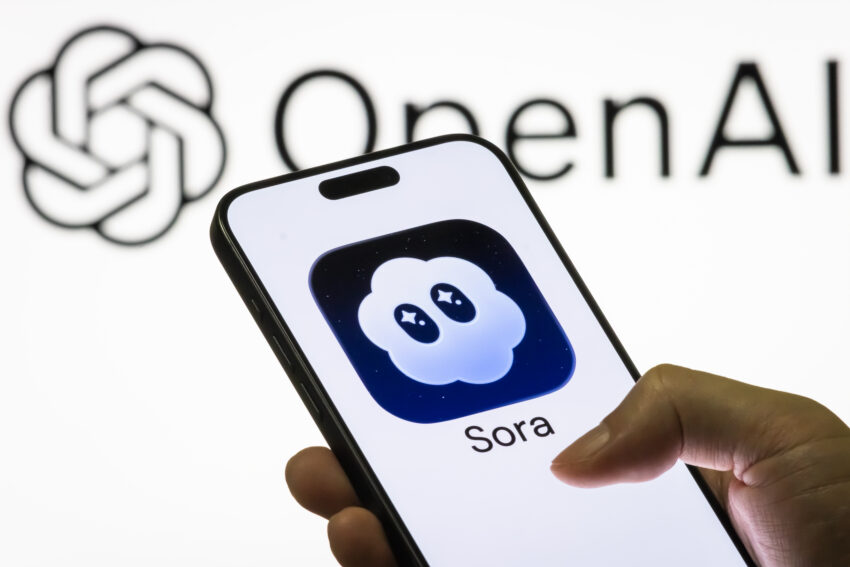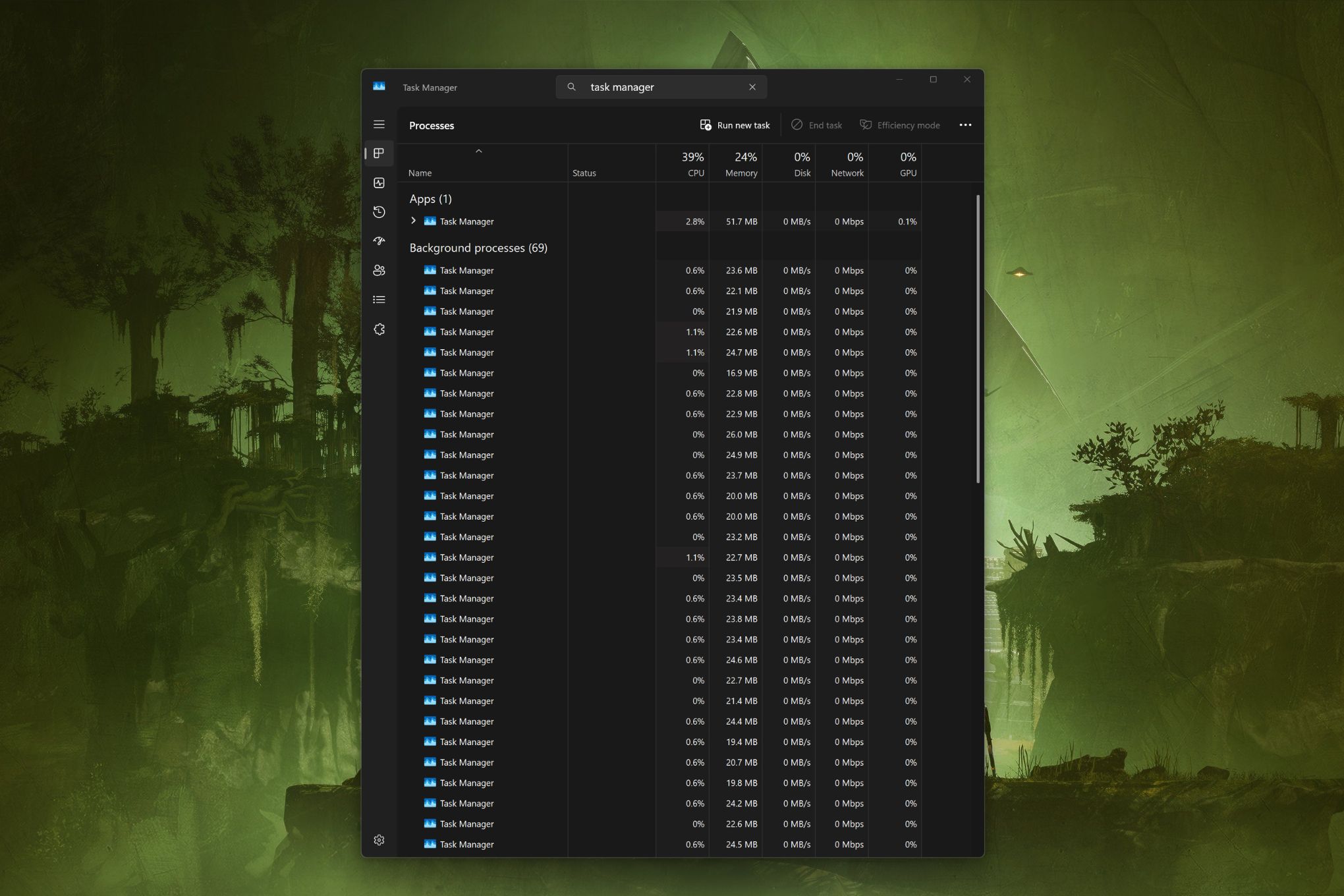
sora now lets you pay extra to OpenAI has introduced a new feature for its video generation platform, Sora, allowing users to purchase additional credits for creating AI-generated videos.
sora now lets you pay extra to
Background on Sora’s Video Generation Capabilities
Sora, OpenAI’s innovative video generation platform, has been gaining traction among creators looking to produce AI-driven content. Initially, users were provided with a set number of free video generations each day—100 for Pro model users and 30 for standard users. However, as the demand for video content has surged, many users have found these limits insufficient for their creative needs.
New Payment Model for Video Generations
In response to user feedback and the growing demand for more video content, OpenAI has announced a new payment model that allows users to buy extra video generation credits. Bill Peebles, the head of the Sora team at OpenAI, highlighted that the current economic model for the platform is “completely unsustainable.” He acknowledged that power users are often dissatisfied with their daily free generation limits.
Cost Structure and Credit Usage
According to Sora’s listing on the Apple App Store, users can purchase ten additional video generations for $4. However, the number of credits consumed per video can vary based on several factors, including:
- Length of the video
- Resolution of the video
- Other unspecified factors
Once users reach their free generation limit, they will be prompted with an option to buy more credits through the App Store. Notably, these credits are valid for 12 months and can also be utilized on OpenAI’s coding platform, Codex.
Impending Changes to Free Allowances
Peebles cautioned that users may soon find themselves hitting their free generation limits more frequently. He stated, “Eventually we will need to bring the free gens down to accommodate growth.” While he did not provide specific details on when these changes would take effect, he assured users that OpenAI would maintain transparency throughout the process.
Implications for Users
This shift towards a paid model raises several implications for Sora’s user base. For casual users, the introduction of paid credits may serve as a barrier to entry, potentially limiting access to those who cannot afford the additional costs. Conversely, for power users and content creators who rely heavily on video generation, the ability to purchase extra credits may enhance their creative capabilities and provide greater flexibility in content production.
Monetization and Future Features
The decision to implement a paid model for video generations aligns with OpenAI’s broader strategy to monetize and scale Sora. The company aims to cultivate an AI-powered creator economy, and as part of this initiative, it has been steadily rolling out new features to enhance user experience. Some of these features include:
- Clip stitching
- Leaderboards for popular videos
- Cameos, a feature allowing users to create deepfake avatars of themselves and others
Controversial Cameo Feature
The cameo feature has drawn attention due to its legal implications, allowing users to create deepfake representations of both fictional characters and real individuals. This has led to concerns about copyright infringement and the ethical use of likenesses. The platform has faced criticism for hosting questionable depictions of well-known characters and public figures, which has prompted OpenAI to reconsider its original hands-off approach to copyright issues.
Looking Ahead: Creator Monetization
Peebles indicated that Sora would soon pilot monetization options for creators, envisioning a scenario where rightsholders could charge additional fees for the use of beloved characters and personalities in videos. This anticipated feature reflects OpenAI’s commitment to evolving its platform in response to user needs while navigating the complexities of copyright and likeness rights.
Community Reactions
The introduction of a paid model has elicited mixed reactions from the Sora community. Some users express excitement about the potential for enhanced creative freedom, while others voice concerns about the accessibility of the platform. The balance between monetization and user satisfaction will be crucial as OpenAI moves forward with these changes.
Conclusion
OpenAI’s decision to allow users to purchase additional video generation credits on Sora marks a significant shift in the platform’s economic model. As the demand for AI-generated content continues to grow, the company is adapting its offerings to better serve its user base while also addressing sustainability concerns. The upcoming changes to free allowances and the introduction of monetization features will likely shape the future landscape of Sora and its role in the emerging AI-powered creator economy.
Source: Original report
Was this helpful?
Last Modified: October 31, 2025 at 4:36 pm
1 views















